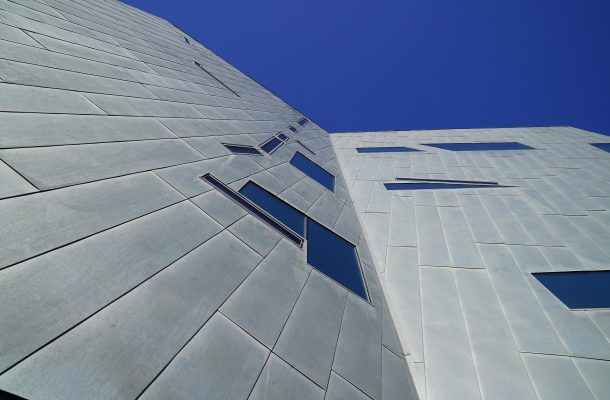How many more lives need to be lost, livelihoods ruined and properties destroyed before an international standard – or at least an Australian one – is set surrounding the use of flammable cladding in residential buildings?
As the building industry suffers from reputational damage, with the public confidence reaching an all-time low, the most recent disaster at the Neo2000 apartments will have consequences for an industry that’s a major contributor to the Victorian economy.
What’s most worrying is that a recent audit of 2000 residential and commercial buildings in Melbourne showed 360 to be of high risk, 280 of moderate risk and 140 of low risk.
It could take more than two years to completely remove and replace the aluminium composite panels (ACP) from high-rise apartments and hotels across the city. This means that residents and visitors to our city are at potential risk of a similar disaster.
Thankfully, the Victorian Building Authority (VBA) and Victorian government have since advocated for a national ban on ACP for external cladding, which recently contributed to the fire that engulfed the Neo2000 apartment building on Spencer Street.
But it’s a case of doing “too little, too late”.

Remembering Grenfell
The Grenfell Tower tragedy in 2017 should have been the catalyst for action.
Since 72 people lost their lives in West London, there have been two serious incidents in Melbourne. The common feature was the use of flammable external cladding as part of the building structure.
ACP is made up of two thin aluminium sheets bonded to a polymer core. This type of cladding doesn’t generally add to the structural integrity of a building, but may contribute to energy efficiency and weatherproofing. Research shows that the polymer core makes ACP products dangerous in a fire, and the amount of polymer core should be limited to a maximum of 10 per cent.Is the fire hazard caused by ACP the only issue related to medium and high-rise developments? The answer is no.
There are many potential risks, considering the poor-quality building products and poor execution of building processes. Such risks include, but aren’t limited to, water ingress (access of moisture into the fabric of a building) and the use of hazardous building materials such as asbestos, synthetic mineral fibre (SMF), polychlorinated biphenyls (PCB) and lead in building paints. In addition to products, current building processes are in need of improvement.
External cladding construction, for example, can be an unsafe construction process for builders, with several safety risks such as falling from heights.
It’s time to accept the fact that if new products and processes aren’t tested in labs, citizens in the real world have to pay the price.
With thousands of high-rise buildings in the pipeline, most of which will use harmful ACP as part of the fabrication process, we’re likely to witness similar incidents in future if action isn’t taken.
Insurance premiums will also increase significantly for high-rise buildings with ACP in facades. These extra costs will be imposed on buyers and users.
The onus is on industry
The reality is the immediate need of the construction industry to upgrade building products and processes to the needs of the 21st century.
Building products that are prefabricated, lightweight, have good thermal and acoustic properties and require minimum on-site processes are the way of the future.
It’s time to accept the fact that if new products and processes aren’t tested in labs, citizens in the real world have to pay the price. Laboratory tests such as fire safety, water ingress protection and structural performance can significantly change the way building cladding is built, look and perform.
Universities such as Monash have excellent facilities to conduct such tests, as well as further research, but government needs to get on board or encourage the construction industry to support this important research.
Monash’s engineering faculty hosts several research hubs, and new construction processes and products are being developed and tested in Monash laboratories to address the challenge of flammable cladding in high-rise buildings.
The blaze at 200 Spencer Street in Melbourne won’t be the last unless the construction industry is equipped with the latest knowledge and technology. In the meantime, taxpayers have to tolerate the burden and wait.
This article was published by Lens at Monash University.














